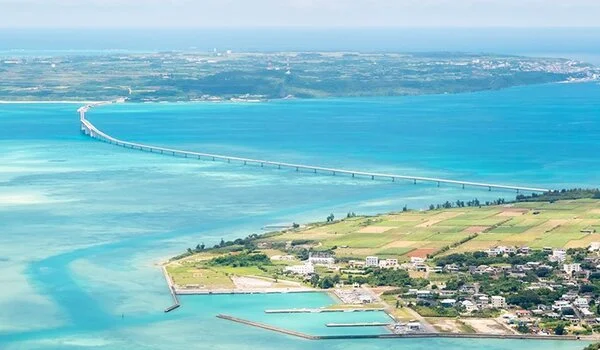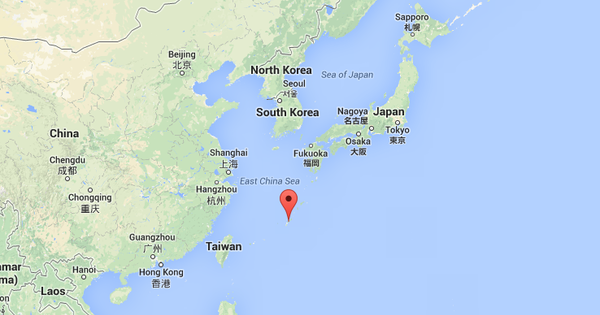Endemic species are those that can only be found in a certain geographic area and are not found anyplace else. They usually emerge as a result of a mix of geographical isolation and evolutionary processes. In the case of the Miyako Islands, their isolation from the rest of Japan and other surrounding landmasses has aided in the evolution of distinct species over time.
Miyako Islands are home to a variety of native snakes and lizards. Scientists have long wondered how these creatures came to call these islands home. A group of academics reviewed the most recent geological and biological data and proposed that an island formerly facilitated movement between Okinawa and the Miyako Islands.
Did an ancient island facilitate migration among the Ryukyu Islands? Compiling the latest geological and biological data, a research group from Tohoku University has provided compelling evidence that this was the case.
We believe that a land area between Okinawa and Miyako existed from 5.5 million years ago to 270,000 years ago. This island served as a transit site for biological migration from Okinawa to the Miyako Islands.
Yasufumi Iryu
The Galapagos of Asia
The Ryukyu Islands extend from the southern coast of Kyushu to the eastern section of Taiwan. This island chain is home to a variety of indigenous animals, including the venomous snake Habu and wild black bunnies known as Amami rabbits.
Unique species can be discovered even within the different islands. The Miyako Islands, 300 km southwest of Okinawa, are home to the Miyako keelback snake (Hebius concelarus) and the Miyako grass lizard (Takydromus toyamai).
Despite being separated by the Kerema Gap, these species are more closely connected to taxa/lineages/populations found on Okinawa and more northern islands and land areas than the Yaeyama Islands, which are located to the southwest of the Miyako Islands and much closer in distance. Furthermore, many species have a limited ability to migrate over water, raising issues about when and how they arrived.

Inconsistencies
The Miyako Islands are totally covered with a kind of limestone known as the Ryukyu Group and are mostly flat, with the highest point being at 110 metres. Scientists know that the Ryukyu Group was deposited between 1.25 and 0.4 million years ago, during a period when sea levels varied, regularly burying the Miyako Islands.
According to molecular phylogenetic study, the Miyako keelback snake became a separate species between 3.7 and 1.8 million years ago. However, evidence suggests that Miyako Island was submerged prior to 2 million years ago, and that it was not until around 400,000 years ago that it became the land it is now, after which species began to arrive.
Further muddying the waters is that deposits in limestone caves and fissures have contained Habu fossils, which are not native to the Miyako Islands. These fossils date back to 26,800 — 8,700 years ago.
A New Explanation
Yasufumi Iryu, a professor at Tohoku University’s Department of Earth Sciences within the Graduate School of Science who has studied the Ryukyu Group for over 40 years, has proposed a new hypothesis to account for such inconsistencies and in light of the latest geological and biological data.
“We believe that a land area between Okinawa and Miyako existed from 5.5 million years ago to 270,000 years ago. This island served as a transit site for biological migration from Okinawa to the Miyako Islands.”
The Okinawa-Miyako Submarine Plateau (OMSP) idea was coined by Iryu and his colleagues. It includes plate tectonics into the evidentiary mix, something earlier explanations for migratory patterns to the Ryukyu Islands have not done. The vertical component (up to 1000 m displacement) of the right-lateral strike-slip faulting that generated the Kerama Gap and the accompanying Chinen Disturbance Event, according to the theory, powered the uplift. The Miyako Islands migrated from the OMSP continent when it was raised 400,000 years ago and before the OMSP landmass was submerged around 270,000 years ago.
Iryu states that their results rest on the integration of various data sources. “By combining relevant geological and phytogeographic data, we have been able to explain the enigmatic composition of modern and Late Pleistocene terrestrial fauna of the Miyako Islands. The study also highlights the high scientific value of the Miyako Island biota and will hopefully lead to greater protection and conservation of endemic species.”





